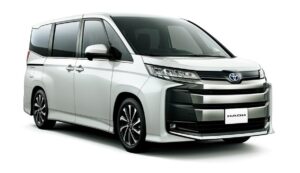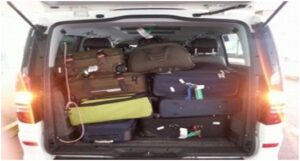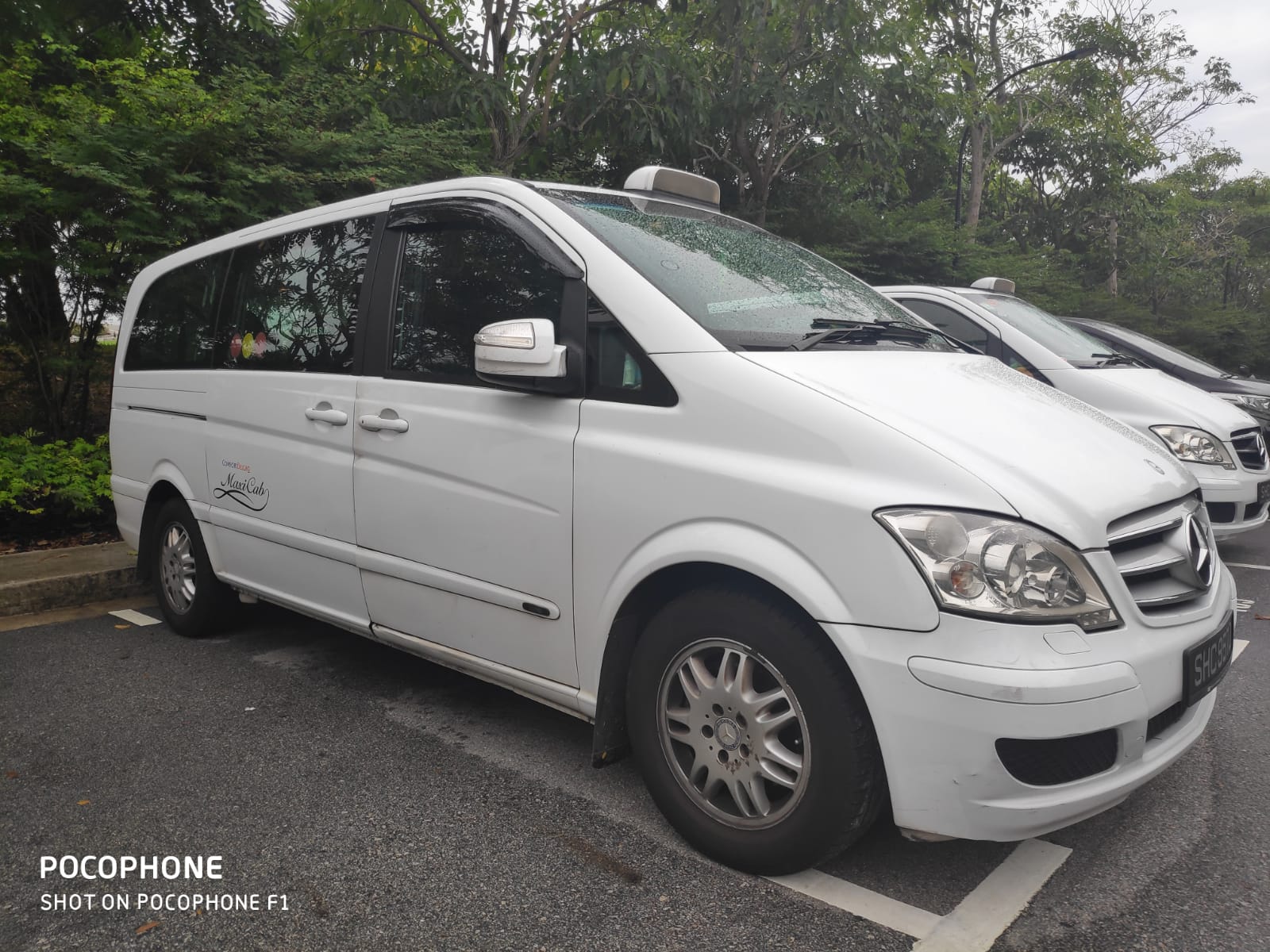When organizing group travel in Singapore—whether for corporate events, family outings, airport transfers, or weekend excursions—one of the key decisions is choosing the right vehicle. Two common options are Maxicabs (smaller multi-passenger private hire vehicles) and Minibuses (larger capacity vehicles). Each has its advantages and trade-offs. This article provides a clear comparison to help you decide which is better for your specific needs, with a focus on cost, comfort, logistics, and other critical factors.
What Do We Mean by “Maxicab” and “Minibus” in Singapore?
Before comparing, it’s important to define what we mean:
- Maxicab: Typically a 6-, 7- or 9-seater private hire van or multi-passenger vehicle, often used for small group travel. It offers more legroom, luggage capacity, and comfort than regular taxis, but is still nimble and easier to manoeuvre in city traffic.
- Minibus: Larger vehicles that can accommodate around 10-13 (or more) passengers, along with more luggage. Used when you have larger groups that won’t all fit in a maxicab, or if more space per person/luggage is needed.

Key Factors to Compare
To decide between a maxicab and a minibus, evaluate:
- Group Size
- Amount and Size of Luggage or Equipment
- Cost Efficiency
- Route & Traffic Conditions
- Comfort & Amenities
- Flexibility (Stops, Schedule, Pickup/Drop-off Points)
- Regulations & Access
Below, we compare maxicab vs minibus along each dimension.
1. Group Size
- Maxicab: Ideal for smaller groups. If you have up to 6-9 people, a maxicab often suffices. It’s more manageable for drivers, parking, and manoeuvring.
- Minibus: Best when your group is larger—10, 11, 12 or more people—or when you expect to carry extra passengers such as family members, staff, or guests.
- If your group size approaches or exceeds the seating of a maxicab, booking a minibus prevents over-crowding, splitting into multiple vehicles, and miscoordination.
2. Luggage & Special Equipment
- If every passenger has just a small carry-on or light luggage, maxicabs may be okay. But for airport transfers, tour groups, or events where people bring larger suitcases, musical instruments, sports gear — a minibus will typically offer more luggage space.
- Some minibuses have foldable rows or flexible luggage compartments, maximizing space usage.
- Also, special requirements: wheelchairs, baby seats, bulky items — easier to accommodate in a minibus.

3. Cost Efficiency
- Cost per passenger tends to be lower when you can fit more people in one vehicle. A minibus spreads the cost over more people.
- With maxicabs, when group size is small, the cost might be comparable to a minibus but with less spare capacity. But if you force many into a maxicab, you may need two vehicles which raises cost.
- Watch for fixed rates vs variable rates: minibuses or larger vehicles often have better rate stability (especially for pre-booked or charter services).
- Also factor in extra charges: waiting time, distance, traffic hours, special pickups.
4. Routes & Traffic Conditions
- For tight and congested areas, maxicabs may navigate more easily. They can use smaller roads, enter tighter entrances, etc.
- Minibuses, being larger, may be more affected by restrictions (narrow roads, parking constraints) and slower entry/exit.
- If the journey will involve many turns, narrow lanes, or tight parking, a maxicab might be more practical.
5. Comfort & Amenities
- Both types usually offer air conditioning, but minibuses often have more space per passenger, better seat layouts, greater legroom, sometimes better suspension.
- For long journeys (airport to remote location, or long cross-city trips), comfort becomes more important. Having a minibus with more space can make the trip much more pleasant.
- Bonus amenities (if offered): reclining seats, TV/media, refreshments, more comfortable boarding (higher roofs or sliding doors) are more likely in minibuses.
6. Scheduling Flexibility & Stops
- If your group plans multiple stops, side trips, or has people arriving at slightly different times, minibus services (especially chartered ones) usually provide more flexibility.
- Maxicabs may have tighter scheduling, less leeway for “on route” changes, or extra stops, depending on provider.
- Also, for airport transfers, coordinating with flight times, potential delays — the larger vehicle gives more buffer.
7. Accessibility & Venue / Regulatory Constraints
- Some venues (hotels, heritage shophouse roads, narrow streets) may not accommodate large minibuses well. Access, turning radius, drop-off zones matter.
- Minibuses may be subject to more regulations, licensing requirements. Drivers may need special experience for large vehicles.
- Parking or pickup/drop-off fees might be higher or more complicated for minibuses.
Practical Comparison: Maxicab vs Minibus – When Which Is Better
| Scenario | Maxicab is better when… | Minibus is better when… |
|---|---|---|
| Small group airport transfer (4-8 people, moderate luggage) | You need something more spacious than a taxi, cost-effective, easy parking, less coordination | If luggage is large, or people need more space, or want more comfort, then minibus |
| Corporate event / conference shuttles | For small management teams or VIPs, maxicabs are efficient | For entire teams, delegates, with extra equipment, minibuses ensure everyone moves together |
| City tours or multiple stops | When paths are narrow, you want agility, and group is smaller | If many stops, larger group, more luggage, prefer everyone together with more space |
| Budget constraint | When you can limit passenger count and luggage, maxicab may come cheaper | But if cost per person ends up less in minibus, and you avoid hiring multiple vehicles, then minibus wins |
What the Market in Singapore Says
Looking at Singapore’s transport service providers:
- Many companies offer 7-seater maxicabs and 13-seater minibuses. For example, services that provide 7-seater and 13-seater vehicle options with rates that are not drastically different when group size justifies the larger vehicle. maxicabooking.com+3minibusmaxicab.sg+3gosgmaxicab.com+3
- Some providers fold or remove seat rows in minibuses to increase luggage capacity at the cost of a few seats to accommodate bags comfortably. gosgmaxicab.com+2minibusmaxicab.sg+2
- Amenities, driver professionalism, transparent fixed rates are often highlighted by minibus / maxi cab services as selling points compared to ride-sharing or taxis, especially for larger groups. minibusmaxicab.sg+2maxicabtransfers.sg+2
Considerations Specific to Singapore
- Road & Urban Infrastructure: Many city areas have tight roads, limited drop-off zones. Hotels in older districts may have small driveway entries. These may suit smaller maxicabs better.
- Traffic Hours & ERP / Toll Charges: During peak hours or certain zones, larger vehicles may incur additional congestion / toll or ERP charges.
- Licensing & Compliance: Some larger vehicles may need additional permits/licensing; not all providers may offer minibuses.
- Availability: For late night or early morning, there may be fewer larger minibuses available, or higher surcharges.
- Luggage handling at Changi or other airports: Amount of luggage, where the pickup/drop is (terminals, arrival hall), handling large group logistics matters.
Which Should You Choose? Recommendations
Here are guidelines to help you make a decision:
- Count your people and luggage carefully: If you have 8-9 people each with large suitcases → minibus. If fewer with light baggage → maxicab.
- Think about the route and stops: If multiple stops or tight roads → consider maxicab. If direct route, long ride with many people → minibus more comfortable.
- Budget vs Comfort trade-off: If budget is tight, maxicab may suffice. But often the additional cost of a minibus, spread across more passengers, gives better value.
- Check vehicle amenities and provider reputation: A well-maintained minibus with good driver, flexible schedule, and clear rates can deliver a much better experience than a cramped maxicab or poor service.
- Pre-book and verify details: For group travel, pre-book, confirm driver, vehicle type, luggage capacity, pickup/drop-off points, waiting policy.
Summary
In conclusion:
- For smaller groups (up to about 7-9), lighter luggage, and routes with access constraints, Maxicabs are often more practical and cost-efficient.
- For larger groups, heavier luggage, direct routes (like airport transfers or event shuttles), or when comfort is a priority, Minibuses tend to offer better value and experience.
- The best choice depends on your group’s size, luggage, route, budget, and comfort expectations.
How MaxiCabs.org Fits In
At MaxiCabs.org, we offer both Maxicab and Minibus services tailored to group travel in Singapore. Here’s how we help you choose the right option:
- Multiple Vehicle Sizes: 7-, 9-seat maxi cabs and larger minibuses to suit different group sizes.
- Transparent Fixed Pricing so you can budget without surprises.
- Comfort & Amenities: Air-conditioned vehicles, luggage space, professional drivers.
- Flexible Booking: Ability to customise for luggage needs, stops, and arrival/departure times.
- Expertise Navigating Singapore: Drivers who know routes, traffic patterns, and venue access limitations.
Final Take
If you’re organizing group travel in Singapore, neither “maxicab” nor “minibus” is universally “better”—each has its place. By matching your group size, luggage needs, route, and budget to the right vehicle type, you ensure safer, more comfortable, and more efficient travel.





